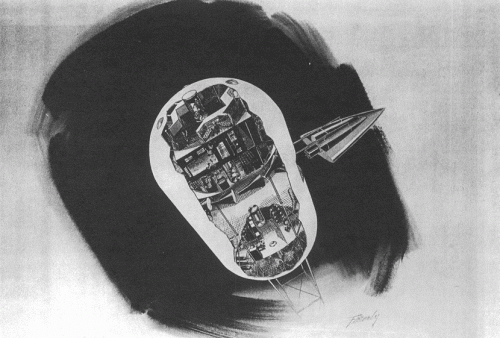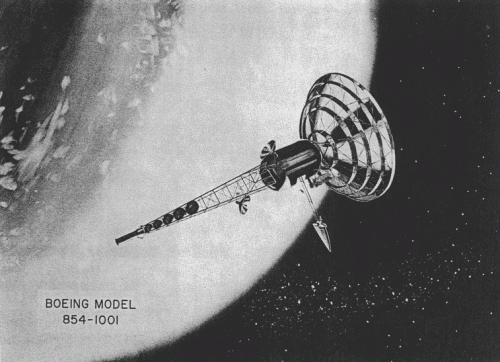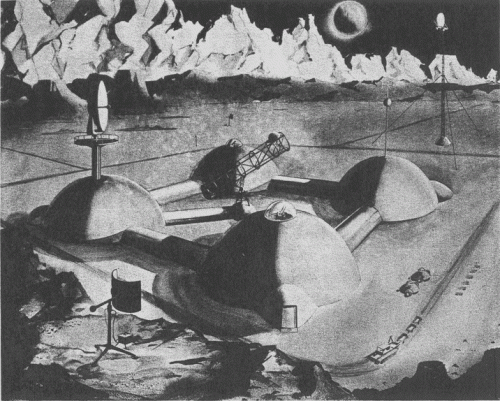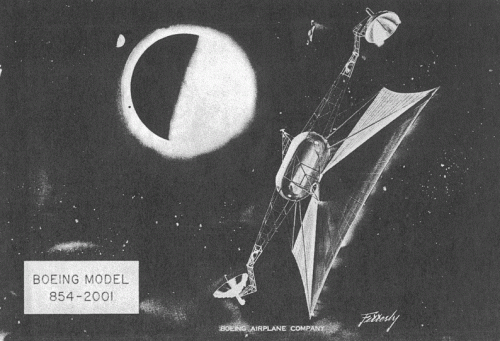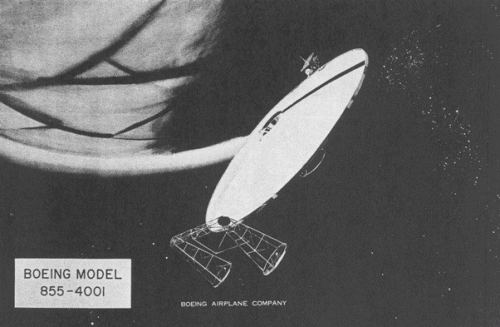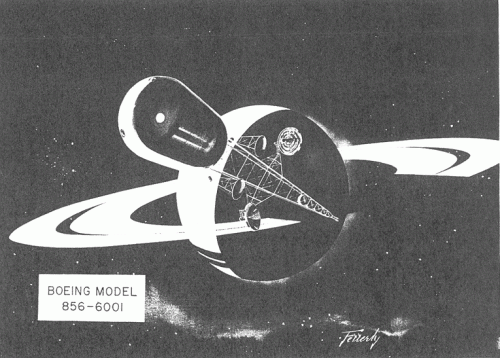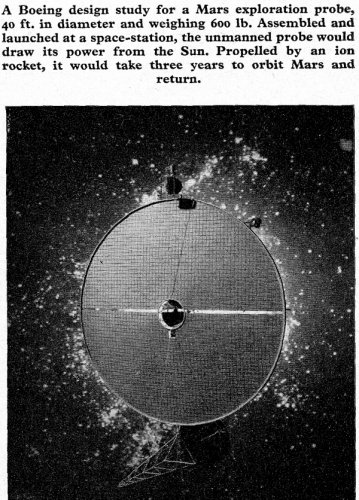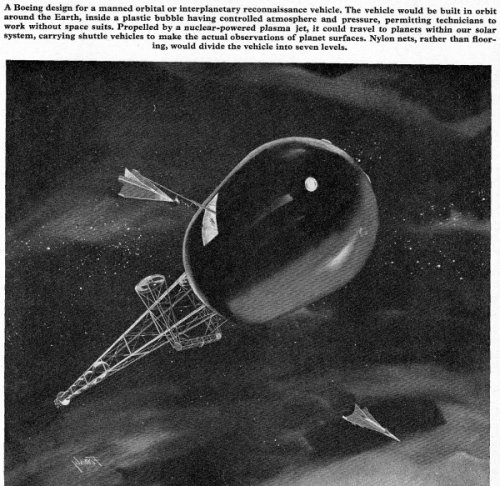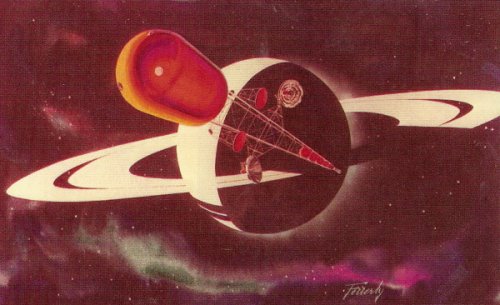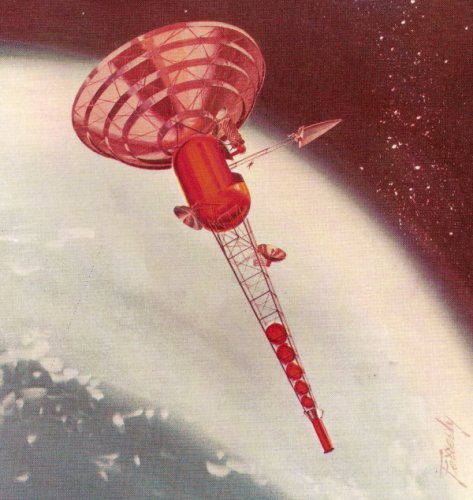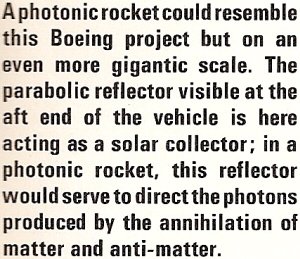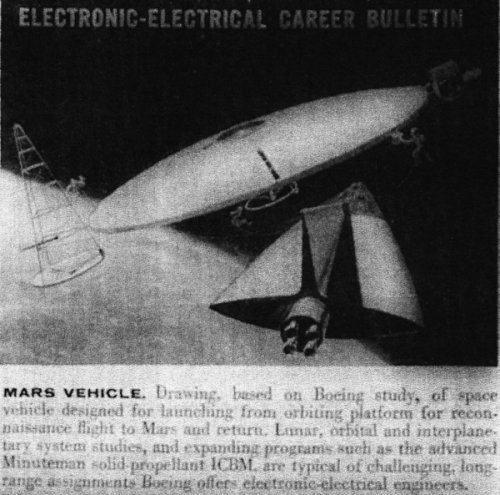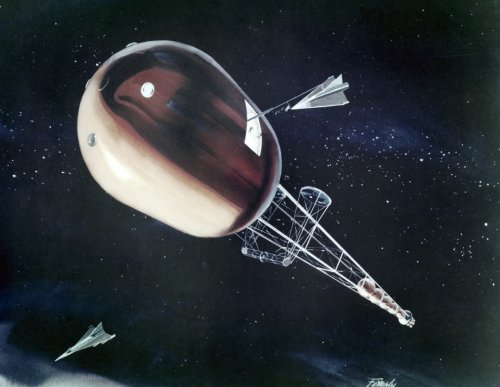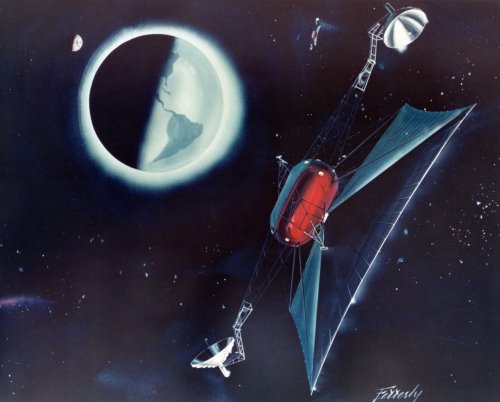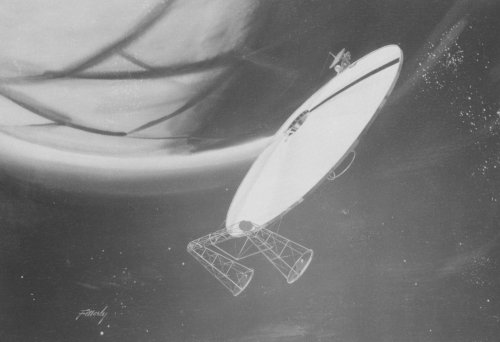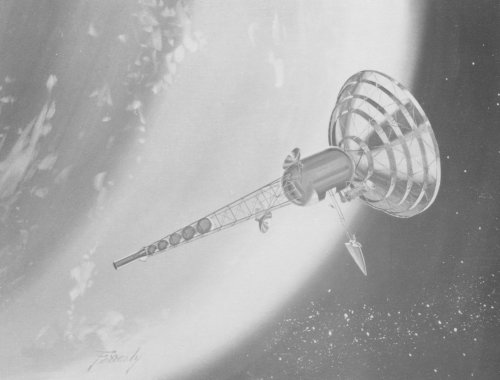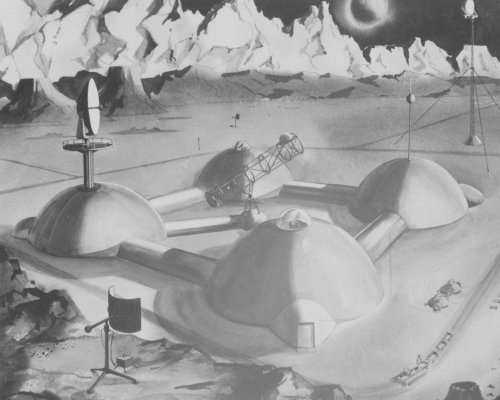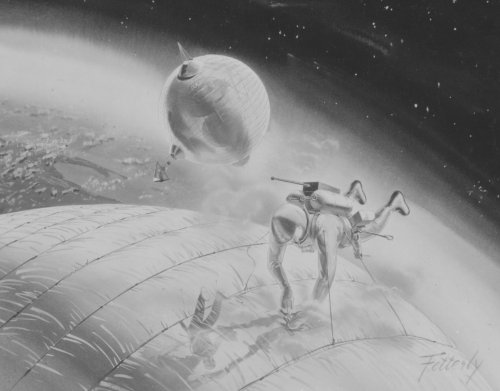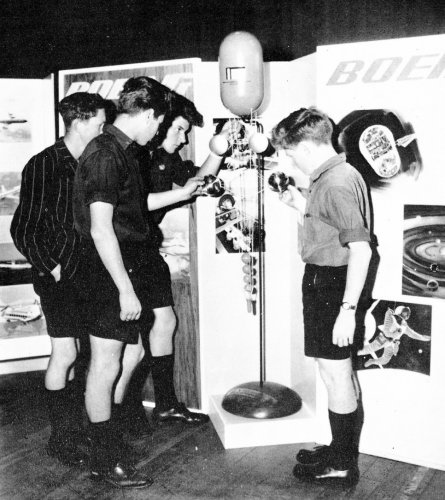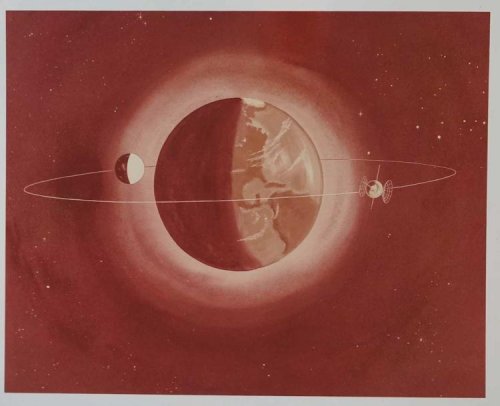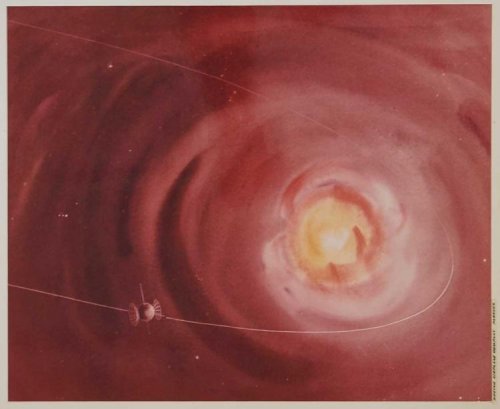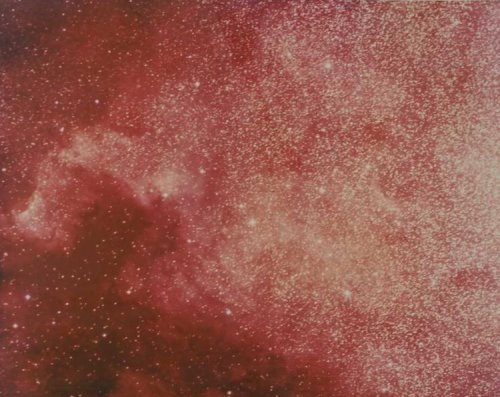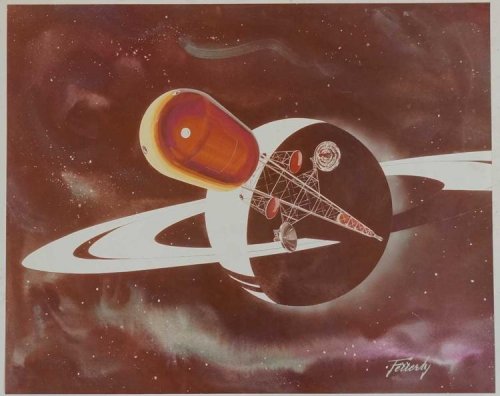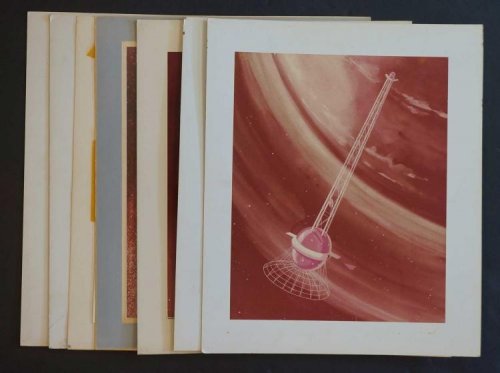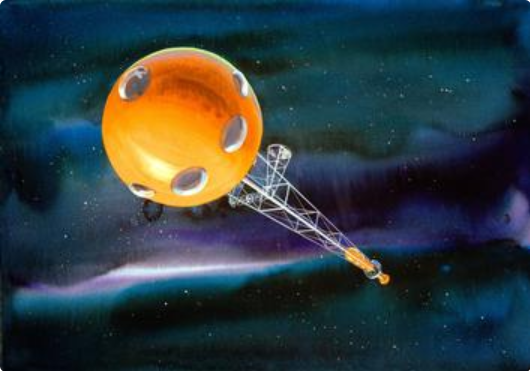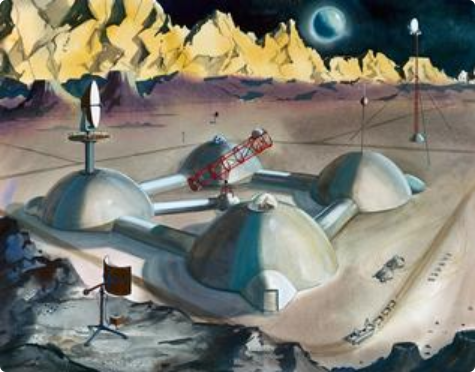- Joined
- 14 June 2006
- Messages
- 2,297
- Reaction score
- 416
PARSECS stands for "Program for Astronomical Research and Scientific Experiments Concerning Space". It was a major effort by Boeing starting from the late 1957 to at least 1960 under the Model 854, 855 and 856 designations. Boeing envisioned, with input from preminent scientists and astronomers a complete manned and automatic space exploration program. The subject was covered in numerous reports and papers, one of which I've been able to locate and on which I base this brief post. In this paper at least, Boeing focussed on the space segment of the program, composed by very advanced and complex structures, to be launched and assembled in orbit. The booster is not described but from a couple of hints it is assumed as something like the original Nova described by Rosen and Swenck in late 1959. Taxi from Earth to orbit is performed by a delta-winged glider, similar to the Boeing orignal proposal for Dyna Soar. As with the booster, the glider is taken as a given. PARSECS is organized around Missions, numbered from I to VIII, but this doesn't imply a chronological succession. The missions are:
- Mission I: Satellite Observatory
- Mission II: Moon Base
- Mission III: Counter Moon
- Mission IV: Interplanetary Probes - automatic
- Mission V: Close Solar Orbit - automatic
- Mission VI: Trojan Points Observatories
- Mission VII: Out-of-the-Elliptic
- Mission VIII: Planetary Exlorations

